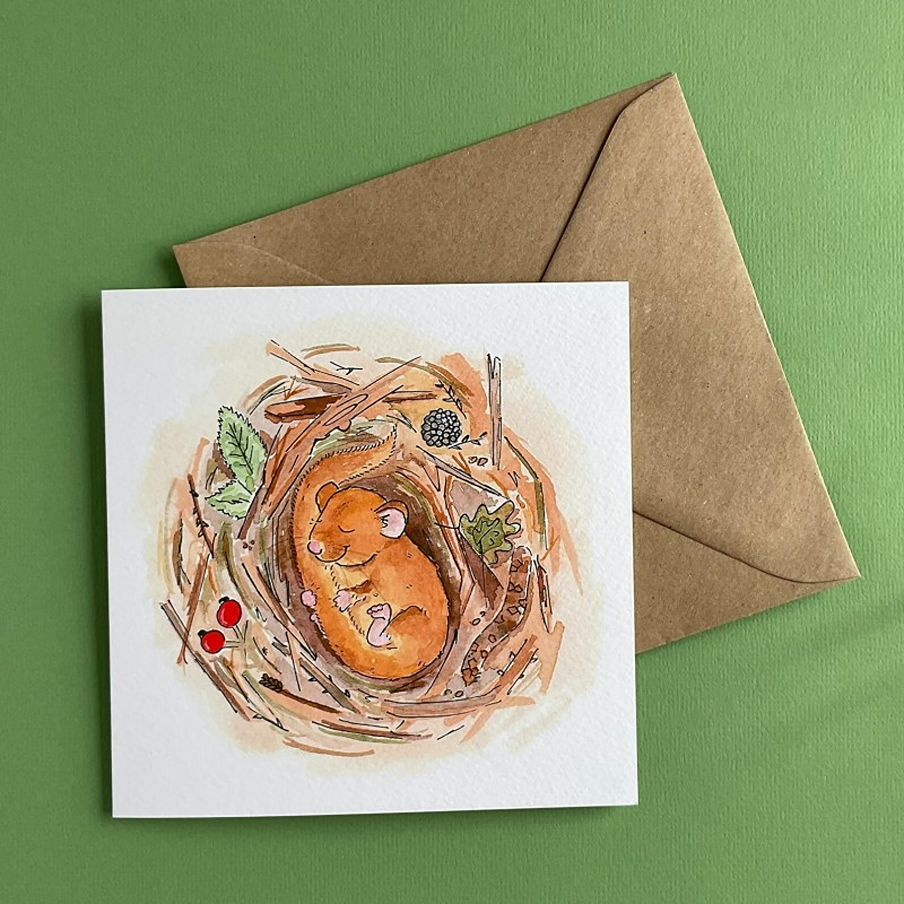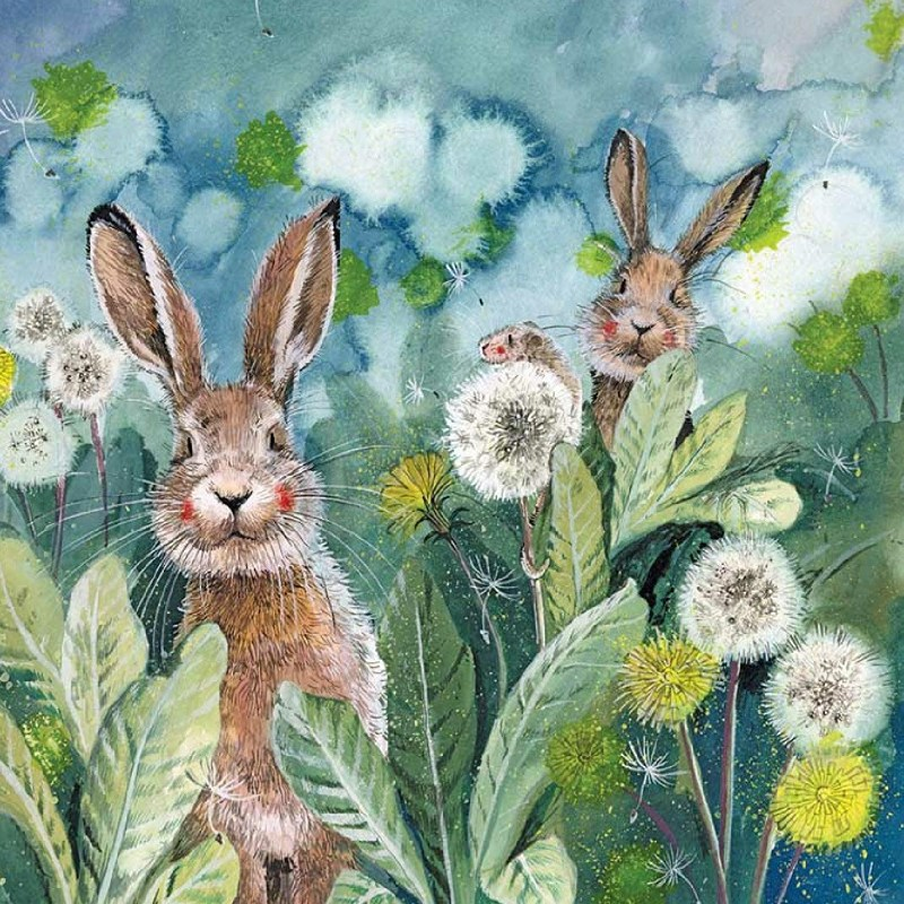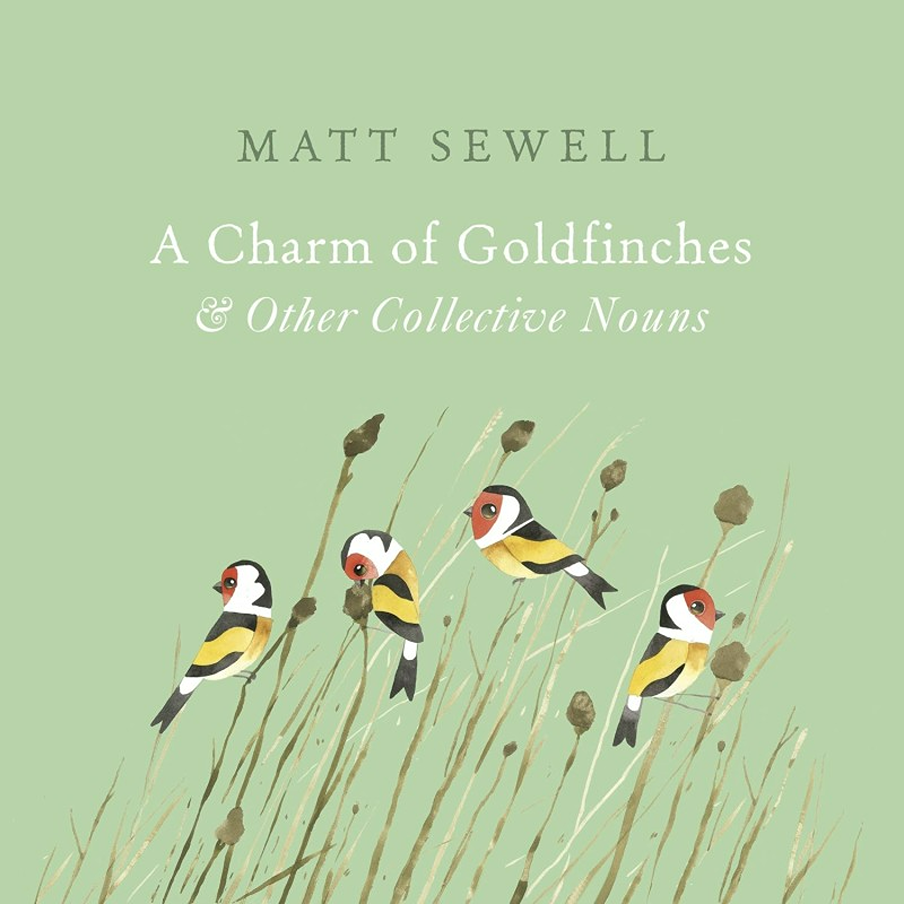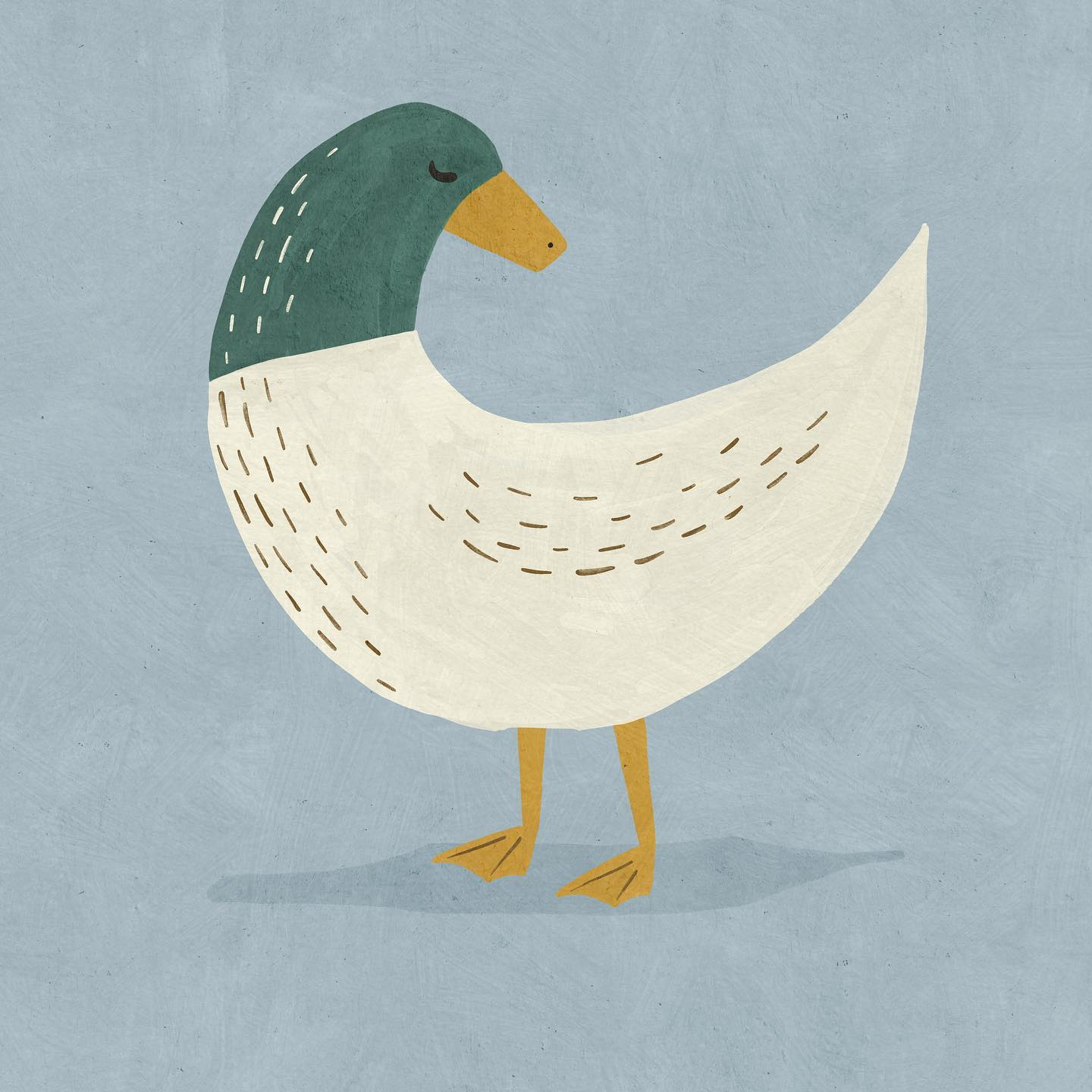Ways to Help Endangered Sleepy Dormice

Tiny dormice are one of England’s most charming mammals, with big black eyes and golden-brown fur. These shy creatures live in hedgerows and woodlands.
Unlike most tiny mammals, dormice travel on branches and hedges, hardly ever touching the ground. But due to their size, they often can’t leap more than a couple of feet, so it’s vital they have lots of branches and woodland, to keep them safe.
In the wild, dormice eat many other foods in hedgerows and woodlands including:
- Flowers and pollen
- Caterpillars and aphids
- Berries (from bramble and honeysuckle)
Dormice are critically endangered, with numbers having dropped by 75% in 25 years. And they only have one or two litters a year.
Why Are England’s Dormice Endangered?
Dormice are endangered due to habitat loss (replaced by fences, roads, houses) and farmers replacing wild crops with pasture. This means there are less ‘connected corridors’ for dormice to move through.
Hedges are also important places for dormice to feed and nest, so when people trim them too much, this impacts their natural homes.
Warmer and wetter weather (due to climate change) is also negatively affecting their food supply, and altering hibernation patterns.
Plant More Hazel Trees
Farmers and public bodies can help, by planting more hazel trees. Dormice (aka ‘hazel dormice’) thrive on these trees, as they offer food that is high in protein and fat (to get them through a winter sleep) along with shelter through the year.
You can tell if a dormouse has been eating a hazelnut, as it leaves unique round holes in each shell, with its strong front teeth. Dormice also use the flexible branches, to make nests for breeding.
Plant Thick Connected Public Hedgerows
Dormice are very vulnerable to predators due to their tiny size. So thick connected hedgerows give them safe places to hide, nest and sleep.
Many hedge plants (including yew, privet, laurel, buckthorn and holly) are unsafe near grazing horses or livestock. Read more on toxic plants to horses and livestock..
In the wild, dormice build woven nests of grass and bark, from May to October, to raise babies. These hedges also provide cover for their deep winter sleep.
You can plant hedges with The Conservation Volunteers. Or download their Hedging Handbook, which shows how to plant new hedges, as well as restore existing ones. It includes 2000 helpful illustrations.
Provide Dormouse Nesting Boxes
Wildlife World’s Dormouse/Mini-Mammal Box has been created by experts, based on a design by People’s Trust for Endangered Species. Access to the nesting space is through a secure, predator-resistant cavity located at the rear.
The durable roof is made from recycled plastic (from farm waste) and it’s easily lifted, and can be secured at the back for added safety and peace of mind. Trade orders welcome.
The Dormouse Conservation Handbook
This free Dormouse Conservation Handbook is an ideal read for farmers and town planners. Reconnecting these green corridors helps dormice to find food, grow numbers and keep safe from predators.
Install Commercial ‘Dormouse Bridges’
These are now available for sale, after People’s Trust for Endangered Species trialled their use. They enable dormice (and squirrels) to safely cross from place to place, without being in danger from road traffic.
The bridge can be built to free-stand on its own, or fitted onto an overpass or other structure. This company works closely with Highways England for bridges built over large roads, to ensure safety and quality.
Greetings Cards (profits help dormice)

This lovely card is printed on recycled paper, with natural flecks. And 20% of proceeds go to People’s Trust For Endangered Species, to help save dormice.






